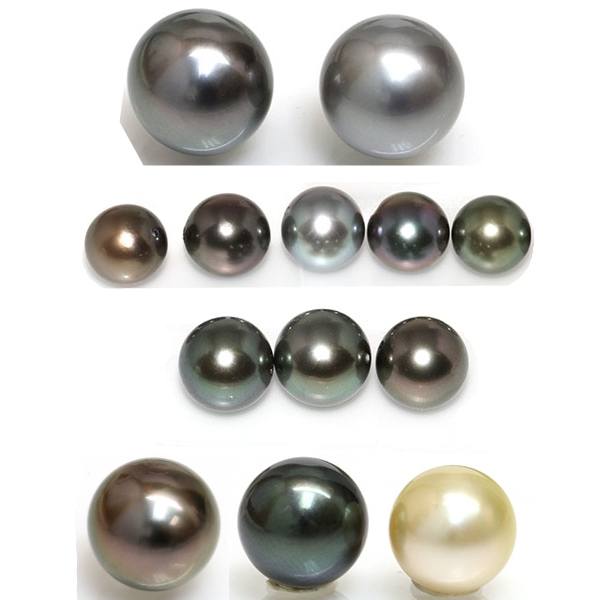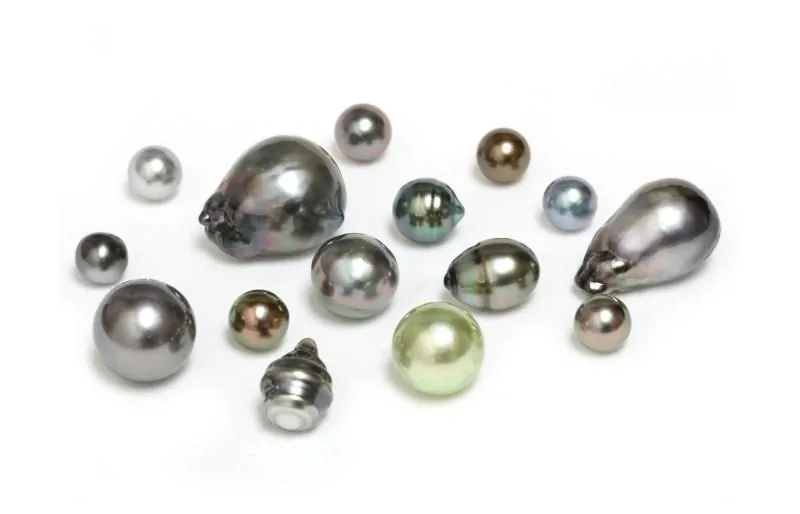The color of the pearl
The color of the beads is a factor in classifying the beads. However, this factor is exclusively subjective and depends only on the trend of demand. Indeed, beyond the quality of the color, the colors have no real ranking. Sometimes black beads are more in demand than white beads, sometimes the opposite is true, etc.
There are usually nine colours that pearls can have. White, pink, cream, gold, pink cream, green, blue, grey and black. However, the experts in charge of the enhancement of pearls distinguish through their devices other shades that can be gray, green, brown, blue, yellow or even pink.
The origins and determinants of the colour of pearls
The colour of a pearl depends first of all on the origin and characteristics of the oyster that will produce it. Thus, some oysters will only produce black beads. This is the case of oysters in Tahiti and therefore pearls of tahiti that are black. Other pearls will be systematically white like Akoya pearls, pearls from Japan.
The beads are categorized into several parts: white beads, blue beads, gold beads, and so on for the nine colors. However in each category, different nuances exist. For example, there are in the white pearls the pearls of Japan with shades of other very marked colors, the freshwater pearls which they are of an extremely marked white and the pearls of Australia which are more metallic. It is thus possible to determine a pearl and its origin thanks to its color. However, this ability is only possible if the surface of the pearl is of good quality and makes it possible to distinguish a dominant color.
In addition to the basic color, the pearls have features. These features are actually more transparent, translucent colors. They will appear like shades of color. A pearl can be blue with green lines.
Finally, the pearls are also characterized by their Orient. That is, all traits that appear or disappear depending on the intensity of the light. If we turn the pearl, then his features will change.
However, not all pearls have a orient.


